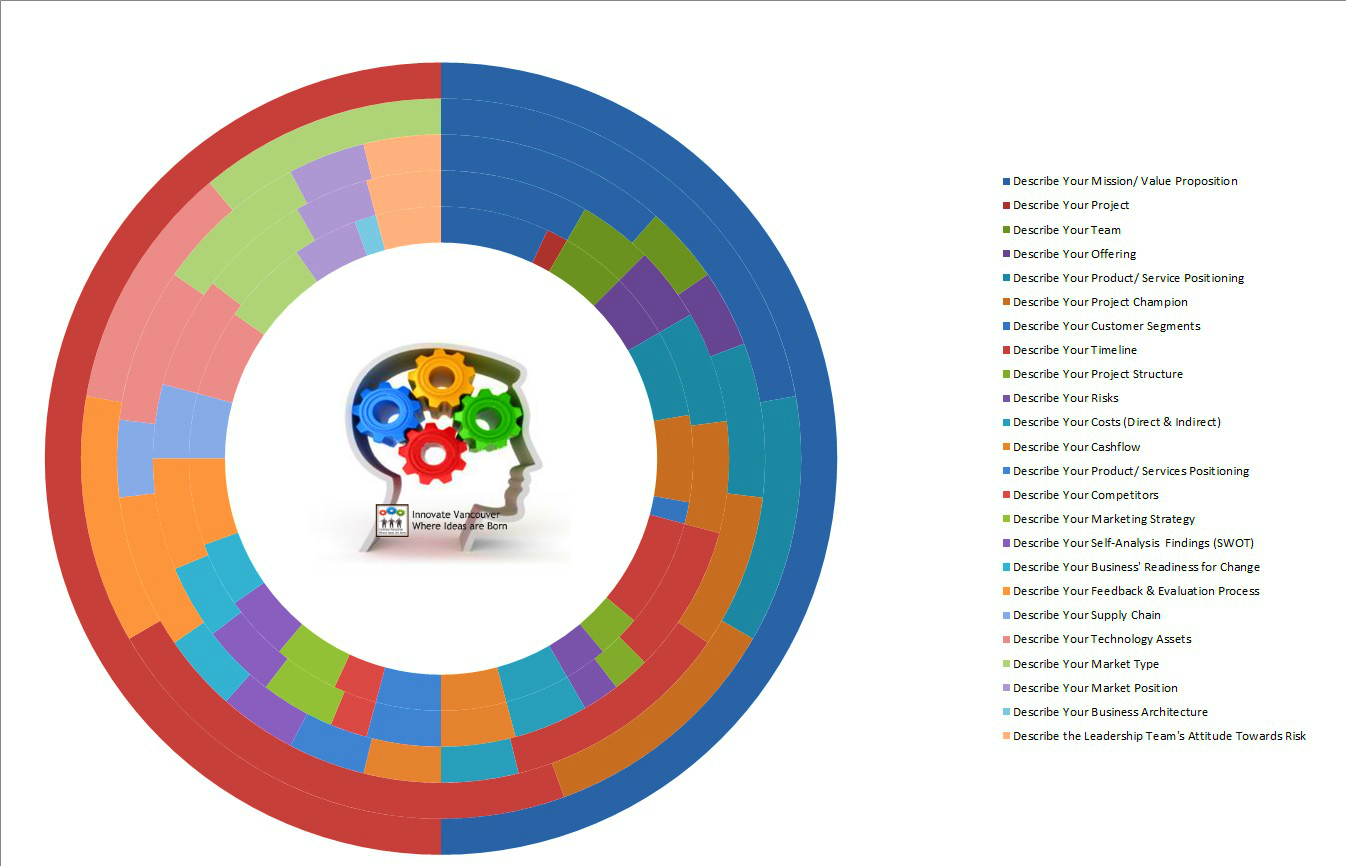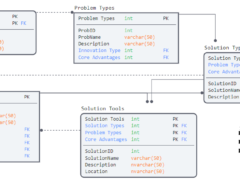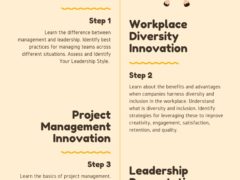Evaluating your Business Model Ecosystems Innovation isn’t easy. Fortunately there are a lot of tools available for accomplishing this task. Unfortunately they are often fragmented and emphasize different components of the business ecosystem, and so do not provide an adequate evaluation of how your Business Model compares to competitors.
[youtube=https://youtu.be/X5Rrd2w2S5Y]
Best practices for developing your business model and efforts to support innovation change over time. Mechanisms supporting innovation is not isolated to funding. It also involves public policy, legislation, regulatory frameworks, resources, training, values, culture, and other reinforcing mechanisms. Insisting on one vs. another mechanism without a proper understanding of history of innovation, values, and the marketplace is more akin to proposing a ‘one-size-fits-all’ model for innovation than seeking to understand how it can be accomplished. Evaluating the business model thus depends on industry changes, risks, and a number of other overlapping factors.
As an Input to this Business Ecosystem – The key is insuring that your business’ product and service offerings are relevant and solve a legitimate customer need. The infographic represents the different components of the business model ecosystem. Although not exhaustive, developing business model around these components will improve your business’ likelihood of success.

Once all of these Business Ecosystem components have been incorporated in to your business model they can be ranked based on their strength and weaknesses. Stronger components are those that not only represent industry standards and best practices but also lead the way to define and establish new standards and practices. Weaker components are those that not only lag behind industry standards and best practices but may even fail to realize the gap exists.
The Business Plan Generator includes the four stages above. Beginning with a review of the process map for using the Business Plan generator followed by phases that help evaluate your business model (in specific areas), identification of tools and frameworks to help introduce improvements (where needed), and an opportunity to actually draft your plan (and download) for the designated business area(s).

A comparison of the business ecosystem components can be represented by a relative ranking model that seeks to differentiate stronger from weaker business model ecosystems. Some of the components (in the spreadsheet above) are color coded similarly as research does not show a distinction between the criterion when determining performance. Evaluation of where a business model falls within this framework is determined by the additive combination of all the system’s inter-dependencies.

• Above Average: The A-Ranked business model ecosystems generally fall in the score range of 72-60.
• Average: The C-Ranked business model ecosystems generally fall in the score range of 59-40.
• Needs Improvement: Whereas the F-Ranked business model ecosystems generally fall in the score range below 39.
Business Models that fall within the lower two ranges have the opportunity to strengthen their ecosystem by identifying key areas (indicated in the spreadsheet above) where they are under-performing. The next step is to identify tools, resources, and experts to help your business model ecosystem innovation bridge the gap between current performance and desired performance.
Travis Barker, MPA GCPM
Innovate Vancouver
http://twitter.com/innovatevan
Innovate Vancouver is a business development & consulting service and technology startup located in Vancouver, BC. Contact Innovate Vancouver to help with your new project. Innovate Vancouver also gives back to the community through business consulting services. Contact us for more details.





